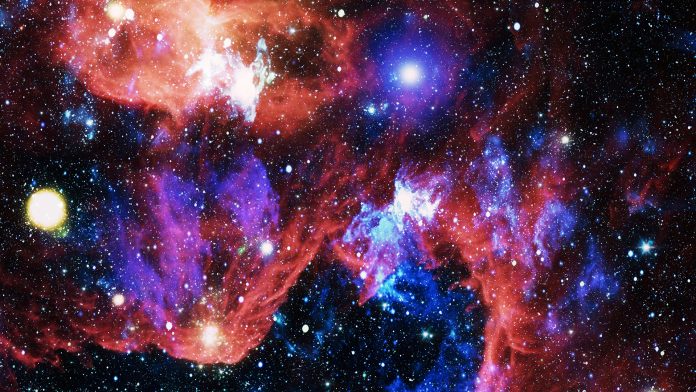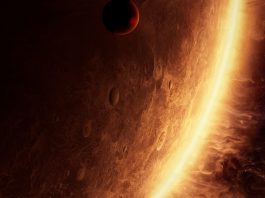Studies carried out on terrestrial exoplanets have highlighted that the land-water balance of Earth is highly unusual and unique to our planet.
Researchers from the International Space Science Institute studied how the evolution of continents and water has shaped the development of exoplanets that exist outside our Solar System. The discovery was presented at the 2022 Europlanet Science Congress in Granada.
The results show that while these planets have an 80% chance of being covered by land and 20% made up of water, less than 1% of exoplanets had an Earth-like climate of both land and water.
‘Earth-like’ exoplanets
Exoplanets exist outside the Earth’s Solar System, with the first discovery tracing back to 1917. Current data suggest that there are over 5,000 in existence in 3,804 planetary systems, some of which have more than one planet.
Scientists estimate that there are around 11bn potentially habitable planets in the entirety of the Milky Way, rising to 40bn if planets orbiting Red Dwarfs are taken into consideration.
Astronomer, Carl Sagan, had previously suggested that researchers should search for a ‘pale blue dot’ with Earth-like characteristics. However, the new study concluded that dry, cold ‘pale yellow dots’ better represented extrasolar planets. Researchers also concluded that hunting for exoplanets like this would lead to a better chance of discovery.
Professor Tilman Spohn, executive director of the International Space Science Institute, said: “We Earthlings enjoy the balance between land areas and oceans on our home planet. It is tempting to assume that a second Earth would be just like ours, but our modelling results suggest that this is not likely to be the case.”
Similarities and differences between planets
Models produced by the team suggest that the average surface temperature of an exoplanet is similar to Earth’s, with a variation of around five Celsius, but the key difference lies with the land-water distribution.
An oceanic planet with less than 10% land is likely to be damper and warmer than Earth, reflecting the balance on our planet prior to the asteroid impact that caused the extinction of dinosaurs.
The land-heavy exoplanets, with less than 30% oceans, would feature colder, drier and harsher climates. The inner parts of land are likely to be occupied by cold deserts, which was reflective of Earth’s climate during the last Ice Age, which saw the development of extensive ice sheets and glaciers.
The climate of exoplanets was overall found to be much harsher than the balance on present-day Earth. Our planet’s climate is appropriately balanced, with continents that grow through volcanic activity and erode by weathering over time.
The process of photosynthesis allows life to thrive on Earth, where there is direct access to solar activity and oceans provide a huge reservoir of water. This enhances rainfall and prevents the current climate from becoming too dry.
“In the engine of Earth’s plate tectonics, internal heat drives geologic activity, such as earthquakes, volcanoes and mountain building, and results in the growth of continents. The land’s erosion is part of a series of cycles that exchange water between the atmosphere and the interior. Our numerical models of how these cycles interact show that present-day Earth may be an exceptional planet, and that the equilibrium of landmass may be unstable over billions of years. While all the planets modelled could be considered habitable, their fauna and flora may be quite different,” concluded Professor Spohn.









